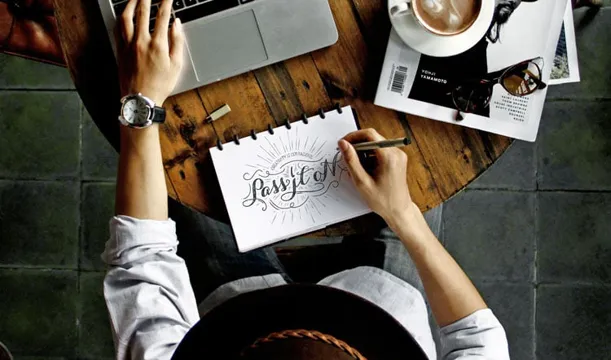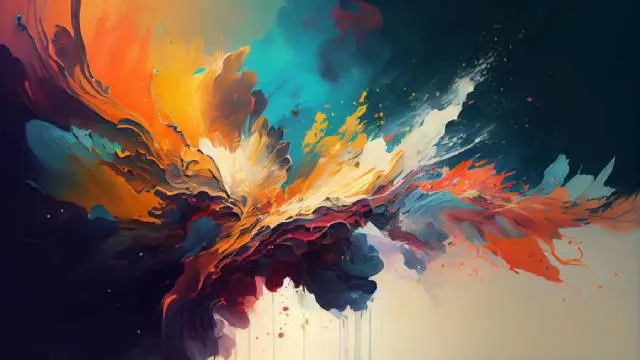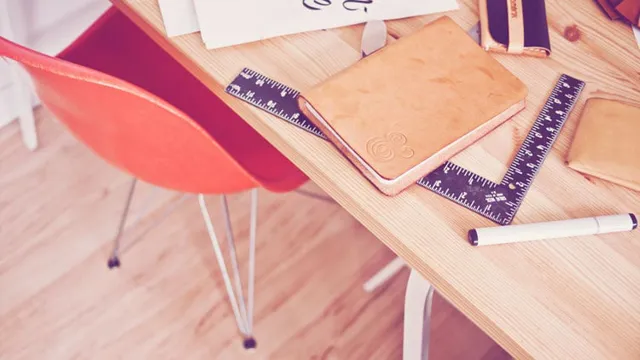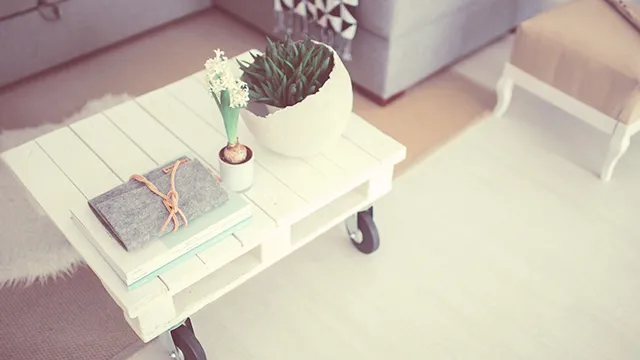Illustration Essentials
Course Line
3-Course Bundle | CPD Certified | 3 Free Certificates | 2024 Updated | Lifetime Access | 24/7 Student support
- Online
- 24 hours · Self-paced
- Certificate(s) included
- Tutor support
Great service
Welcome to the Course Bundle: Illustration Essentials, a comprehensive collection of three in-depth courses designed to equip you with the essential skills and knowledge needed to excel in Illustration and beyond. This bundle combines three expertly crafted courses that cater to
…






